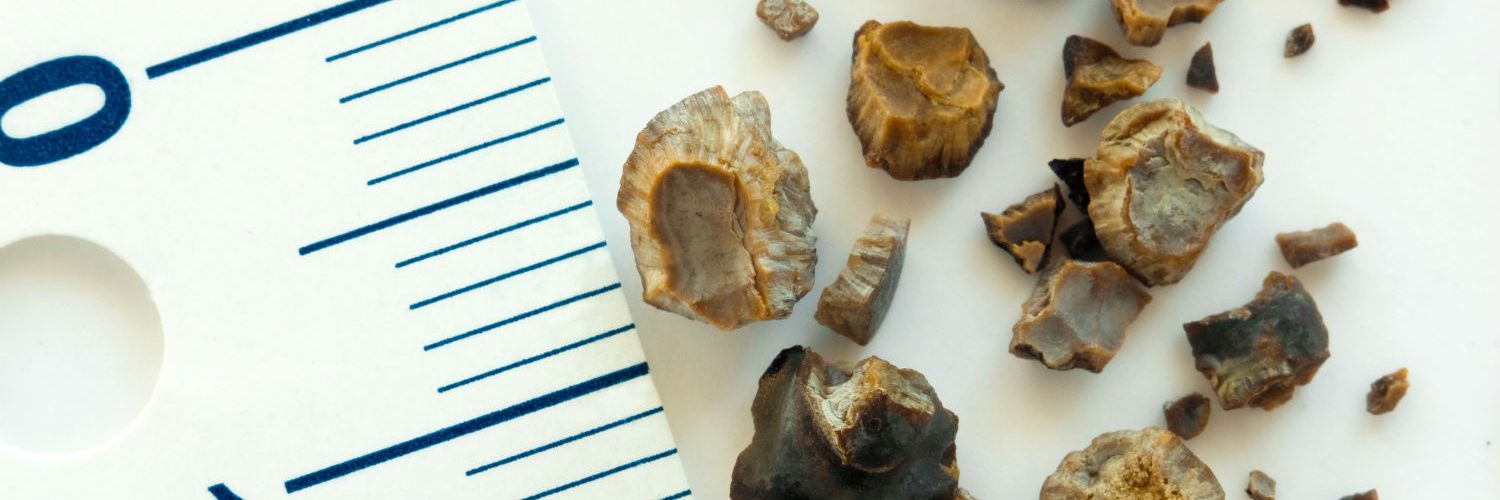If you go to the doctor or emergency room and are diagnosed with renal lithiasis or nephrolithiasis, it’s perfectly understandable that these may sound scary at first. However, they are actually the terms that the medical community uses for kidney stones.
The National Institute of Diabetes and Digestive and Kidney Diseases explains that “a kidney stone is a solid, pebble-like piece of material that can form in one or both of your kidneys when high levels of certain minerals are in your urine.” What are these minerals?
According to research published in The Journal of Clinical Investigation, the pebble-like piece of material can be composed of one of four possible minerals, or a combination of minerals.
They are as follows:
- Calcium oxalate combined with calcium phosphate: These are the most common as they constitute 80 percent of all kidney stones.
- Struvite: A substance that is created when a certain bacterial infection exists, and found in 10 percent of stones.
- Uric acid: The substance created when your body breaks down foods and cells, and accounting for 9 percent of the stones
- Cysteine or ammonium acid urate or drug-related stones: These represent the remaining 1 percent.
The researchers go on to state that the stones actually form when these particular minerals change from a liquid state to a solid state during what they term “an unwanted phase.”
The University of Wisconsin School of Medicine and Public Health reports that kidney stones afflict roughly 13 percent of all men and 7 percent of women. Additionally, once you’ve had a stone, you’re 50 percent more likely to develop another within the next five years. From there, that risk increases to 80 percent in the 10 years following the first kidney stone’s appearance.


